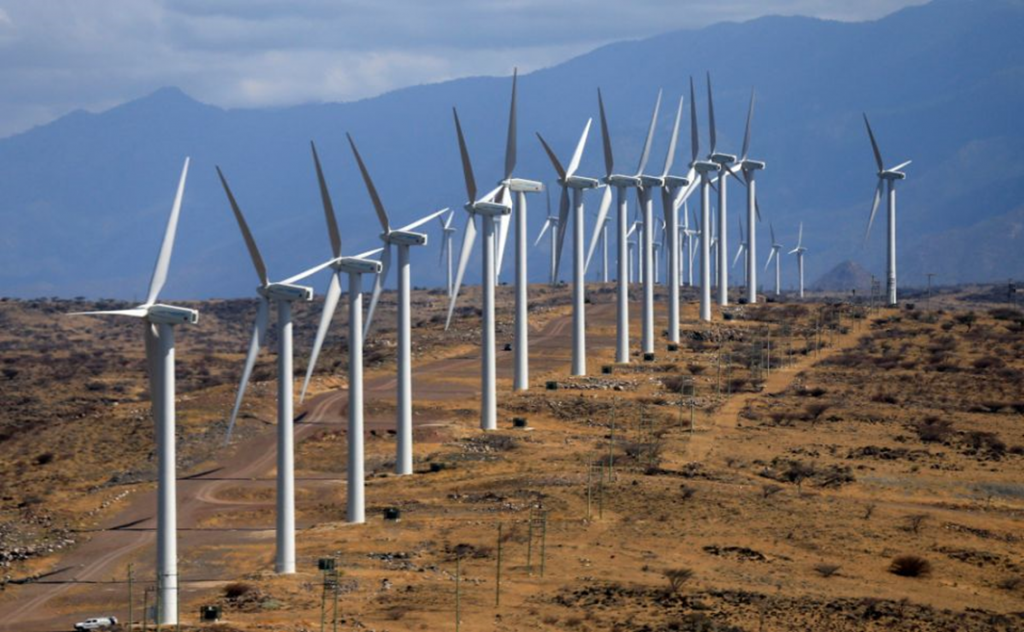
Wind turbines range in size from 1 kW (smallest onshore size) up to ~15-20 MW (largest current offshore size). Heights can range up to 250-300m (tip height) and up to 100m+ long blades. Onshore Wind Turbines are typically limited in size to ~3 MW with 50m long blades due to transportation, access, and installation constraints.
A wind turbines efficiency currently is around 35-45%, up to 50% at times of peak wind. The theoretical maximum efficiency is known as Betz’s law, and it doesn’t depend on a wind turbine design. Betz concluded that only 59.3% of the kinetic energy from wind can be used to generate electricity. If a wind turbine was 100% efficient, then all of the wind would have stopped completely at the exit of the turbine, which is impossible.
Most offshore and many onshore wind turbines are designed to withstand 70 m/s (155 mph, nearly 250 km/h) winds (IEC Class I). The latest revision of IEC 61400-1 contains a special design class for areas with very high extreme winds, which may result from tropical cyclones (hurricanes). The new design class raises the extreme wind speed that wind turbines are designed for to about 80 m/s (almost 180 mph, around 290 km/h) and allow design for more severe external conditions when needed.
There are two main strategies enabling wind turbines to operate at high wind speeds. The first one is just to shut down it to prevent damage, the second enables wind turbines to keep operating below its maximum capacity during severe storm. The standard widely used strategy is to shut down the wind turbine when the wind speed increases cut-out speed. Besides not using the available wind power, such an approach can lead to sudden shutdowns of the entire wind farm, causing instability of the power grid. Furthermore, because it is not possible to reliably predict wind speed, it is also not possible to accurately predict the moment when wind turbines will shut down or the duration of their downtime. Therefore, the prediction error of produced power can be significant, which makes it difficult to rely on wind power when storms are probable.
